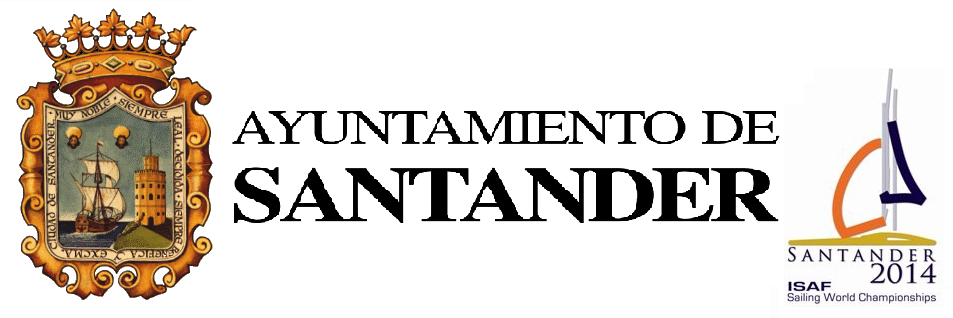Ayuntamiento de Santander (SDR)
Ayuntamiento de Santander (SDR)

The city of Santander is the capital of the Cantabria region in the north of Spain and has a current population of approximately 183,000 inhabitants. From the Department of New Technologies belonging to the Ayuntamiento de Santander, consisting of 24technicians, which mainly manages and coordinates the following tasks: - Infrastructure management in data processing and communications, so that all municipal services carry out their functions by using new technologies. - Deployment and management of networks and communications: voice lines and data transmission, perimeter security, Internet access and e-mail, servers, microcomputers and corporate databases. The main project in which currently the department is involved is the development of a Geographic Information System (GIS) for the catalogue and registration of municipal resources with the development of individualized records of each of the elements of water supply and sanitation networks, such as wells, pipes, connections, tanks, hydrants, suction cups, and so on. Each card includes a photograph of each item, its current status, anomaly detection, verification of operation, whether or not leakage, number of junctions or coming from it, surveying and geographic location and dates of each of the installations, modifications or repairs and Standardizing the management of administrative procedures. The Ayntamiendo de Santander has been characterized by its eagerness to provide a more efficient city management and closer to the citizen through the use of new technologies. The Ayntamiento de Santander has participated in many projects such as:: - Deployment of different technologies on a scale medium to high through the deployment of corporate networks for data transmission, traffic surveillance systems through TV Cameras. - Monitoring and management of urban public transport vehicles routes such as buses and taxis using GPS positioning. - Successful implementation of the first phase of GIS project involves mapping the road network in the city and part of the catalogue of urban resources. - Management of a payment system on public transport through RFID tags and Multilanguage Information System for Blind Persons (SIO) so that through a reader can receive radio signals indicating that a blind person on the bus is providing information about stops.
Role in the Project: In SMART SDR will act as a main (large scale) infrastructure provider, since it has the opportunity to lay out and control large scale infrastructure of sensors, devices and other internet-connected objects. This is because a city is responsible of its public spaces and how citizens are using it. In the scope of SMART, SDR will provide a testbed to deploy and connect multimedia sensors for the validation of the SMART multimedia search engine for environment generated content, based on the SMART validation scenarios. SDR will therefore follow all the technical activities of the project, with emphasis on requirements, integration, validation and pilot operation of the SMART platform. The aim would be to make SDR a live smart city showcase, based on SMART search technologies, in combination with the SMART Santander Project. The Ayuntamiento de Santander (SDR) will be most involve in the WP2 (T2.3 Application Scenarios, Use Cases and Data collection Design, T2.5 SMART Search Engine Open Architecture), WP4 (T4.1 Multimedia content Indexing, T4.2 SMART Knowledge Base and Linked data Mechanisms), WP5 (T5.5 Reusable Mashups for Query Visualization), WP 6 (T6.3 Live News) and WP7 (T7.1 Dissemination of Projects Results, T7.4 Market Analysis, Exploitation Planning, Business Plans and T7.6 Ethical Watch). As well as they will participate in the following tasks: T2.1, T2.5, T6.1, T6.2, T6.5, T7.2 and T7.6. This will be an important issue for the SDR as a consortium partner. SDR (together with PRISA) will be one of the leaders in the definition of the requirements for the use cases and the platform. As well as SDR will participate in the definition of the architecture with regards the use cases and have a very active role in dissemination and exploitation activities.
José Antonio Teixeira Vitienes has a degree in Telecommunication and IT systems with the specifications in Radio technologies.He has been working for 12 years in a business group for entertainment "El Diario Montañés" as a General manager. He joined the Santander City Council as a General Director of Innovation in 2011.
Tomás García Fresno has a Master degree in Computer Science and a Bachelor degree in IT Engineering. He works as Government Employee in Santander's City Council. He is currently assigned to the Department of New Technologies. He has extensive knowledge in object-oriented programming, software engineering and artificial intelligence (mainly in fields such as artificial vision, expert systems and collaborative robotics). His major functions within the department are: Coordination of software development teams; Analysis, design and development of enterprise applications software for data processing as well as Architectural design and development of a generic software framework for building corporate applications (Framework AYTO project)


